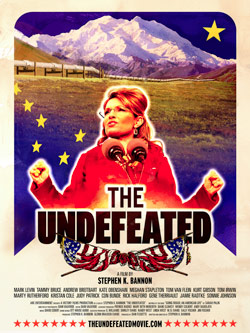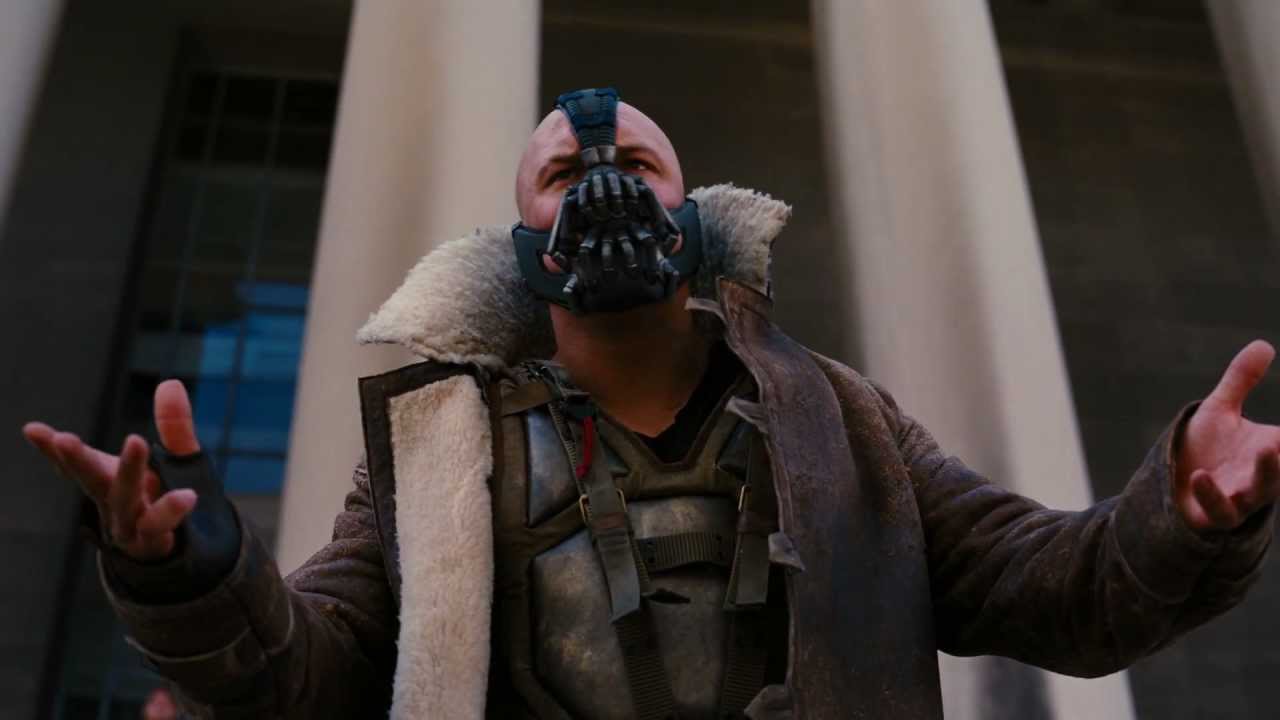The “highly unusual,” “unprecedented” Trump administration is leading us into “uncharted territory,” but where exactly? Since last November’s election, some commentators trying to understand what happened have used the “F” word, fascism, but without defining it. Many more have avoided it altogether as too toxic and pejorative, preferring instead terms like “authoritarian” and “populist.”
Yet a strong argument can be made that White House Senior Advisors Stephen Bannon and Stephen Miller, and Deputy National Security Advisor Sebastian Gorka are fascists. Also, that Breitbart and other “alt-right” outlets, such as the Daily Stormer, plus billionaire donors Robert and Rebekah Mercer are fascist. And when Trump channels in tweets and speech Bannon, Miller, Breitbart, and other alt-right sites, he is repeating their fascist sentiments.
In The Anatomy of Fascism, Robert Paxton defines it “as a form of political behavior marked by obsessive preoccupation with community decline, humiliation, or victimhood and by compensatory cults of unity, energy, and purity.” He goes on to identify “a mass-based party of committed nationalist militants” that works “in uneasy but effective collaboration with traditional elites.” This recalls Richard Hofstadter’s The Paranoid Style in American Politics, which he characterized by “heated exaggeration, suspiciousness, and conspiratorial fantasy.”
Paxton’s discussion is important for two additional reasons. Instead of viewing fascism as a binary—either it is or it is not—he lays out five developmental stages. These stages—his second point—can apply anywhere, anytime, and not simply to the classic cases of Hitler and Mussolini. This renders them applicable and useful for the present.
Stage 1 is the creation, and consists of individuals, isolated cells or groups that talk about national humiliation, lost vigor, and the failures of liberalism and democracy. In the U.S. this goes back to the original “America First” movement in the early 1940s of Charles Lindbergh and others, to the late 1950s’ and early 1960s’ John Birch Society, and Barry Goldwater’s 1964 presidential campaign.
During stage 2 these fringe individuals and splinter groups form a larger group or party that takes root in the political system. Stage 2 corresponds to the self-styled “movement conservatism” of the last 40 years. It swept intransigent Tea Party Republicans to power in 2010.
Stage 3 marks the seizure of power over the government. Typically, the takeover is nonviolent; it occurs often in alliance with conservatives. Mussolini was asked to form a government in 1922; Hitler was named German chancellor in 1933. In the U.S. stage 3 occurred November 8, 2016 when Trump took power through the Electoral College but not popular vote, giving right-wing Republicans control over all three branches of government.
Yet it is not during stage 3 but stage 4 that the key break occurs with the previous regime. Exercising power generally entails coordination and discipline. But with Republicans battling among themselves, the question today is: how far down the road of coordination will the Trump administration get?
In stage 5, fascists choose between radicalization and entropy. Although “Fascist regimes have to at least produce an impression of momentum—‘permanent revolution,’” only Nazi Germany pursued radicalization to the point of self-destruction.
What is most worrisome and most dangerous is how the alt-right has gone mainstream and been normalized. It has been brought into the White House with Bannon, Miller, and others, while Trump retweets Breitbart and other alt-right sites.
The extent to which Republicans have enabled Trump and the alt-right is cause for serious concern. In 1920s’ Italy and 1930s’ Germany, political groupings from the center to the radical right went along in lockstep with the far right. Today, Congressional Republicans and their corporate friends are repeating the error.
At the time of writing, Bannon was the key. His worldview consists of what he calls his “three verticals or three buckets.” “The first is kind of national security and sovereignty.” “Sovereignty” puts “America first.” Bannon and Trump’s aggressive “America first” nationalism is the opposite of 1940s’ “America first” isolationism. At its core is white nationalism, or rather white supremacy. White Judeo-Christian civilization is engaged in an epic battle against “radical Islamic terrorism.”
“The second line of work is what I refer to as economic nationalism,” Bannon says. “Economic nationalism” puts “America first” economically. Eschewing free trade, he favors protectionism. Anti-immigration, he bans immigrants and refugees.
“The third, broadly, line of work is deconstruction of the administrative state.” By “administrative state,” Bannon means both the federal bureaucracy and governmental regulations. Here nothing puts it better than his own language. “I’m a Leninist,” he said in 2014. “Lenin wanted to destroy the state, and that’s my goal, too.”
Lastly, he targets the “fake news” mainstream media. “They’re corporatist, globalist media that are adamantly opposed to an economic nationalist agenda.” For Bannon and his alt-right friends, reporting by the corporate media ipso facto confirms their conspiracist worldview. Thus, we get Trump, channeling Bannon, attacking the mainstream media as the “enemy of the people.”
Bannon and his ilk personify Paxton’s definition of fascism. Hofstadter termed the Bannons of the world “pseudo-conservatives,” right-wing radicals who sought to deny their radicalism—hence the “pseudo”—but who actually expressed “a profound if largely unconscious hatred of our society and its ways.” “They wished to destroy far more than they did to conserve,” another commentator says.
Sounds like Bannon. “I want to bring everything crashing down, and destroy all of today’s establishment.” Both in his films and his politics, “apparently, Bannon just loves to blow stuff up.”
What about Trump? He happily channels Bannon and Miller’s fascist sentiments. In his inaugural address, written by Bannon and Miller, Trump repeated what they had borrowed from archvillain Bane in The Dark Knight Rises (2012). “Today, we are not merely transferring power from one administration to another or from one party to another, but we are transferring power from Washington, D.C. and giving it back to you, the people.”
By the end of January and beginning of February, commentators started referring to “President Bannon.” The New York Times editorialized “President Bannon?” A Saturday Night Live skit featuring Bannon as the Grim Reaper captured this political moment with a pitch-perfect scene in which Bannon took Trump’s seat behind the Oval office desk, relegating Trump to a tiny nearby table.
With the Trump administration, we have begun the fourth stage of fascism, but there are some countervailing factors. “If Trump is a fascist, he may be the most backassward fascist we’ve ever seen,” wrote Corey Robin regarding the late January rollout of Trump’s first Muslim immigrant ban. The Trump administration may get better at handling such matters. But the missteps and demonstrable lies continue unabated. Moreover, Trump has managed to unite all those on the left and center-left, elected Democrats, and brought about an outpouring of grassroots opposition to virtually everything he and his administration do and stand for.
On the other hand, Trump’s February 28, 2017 speech to Congress, despite its lack of specifics, was generally deemed “presidential,” if only in contrast to what had come before. If Trump were to act “presidential,” even desultorily, then not only his rural, white, working class Main Street voters, but also his Wall Street corporate supporters would continue to back him. Key here is Congressional Republicans. It is more likely that they will go-along to get-along than break with Trump decisively. Shudder the thought, but if Trump somehow restrains himself from continually stirring up the opposition, it may well wither.
Yet the bottom line is that anything that anybody says or writes today is even more contingent than usual on future developments. In the Trump era, this means the next couple of days, even hours. Because we simply do not know.
March 31, 2017
This article first appeared at Juan Cole Informed Comment




